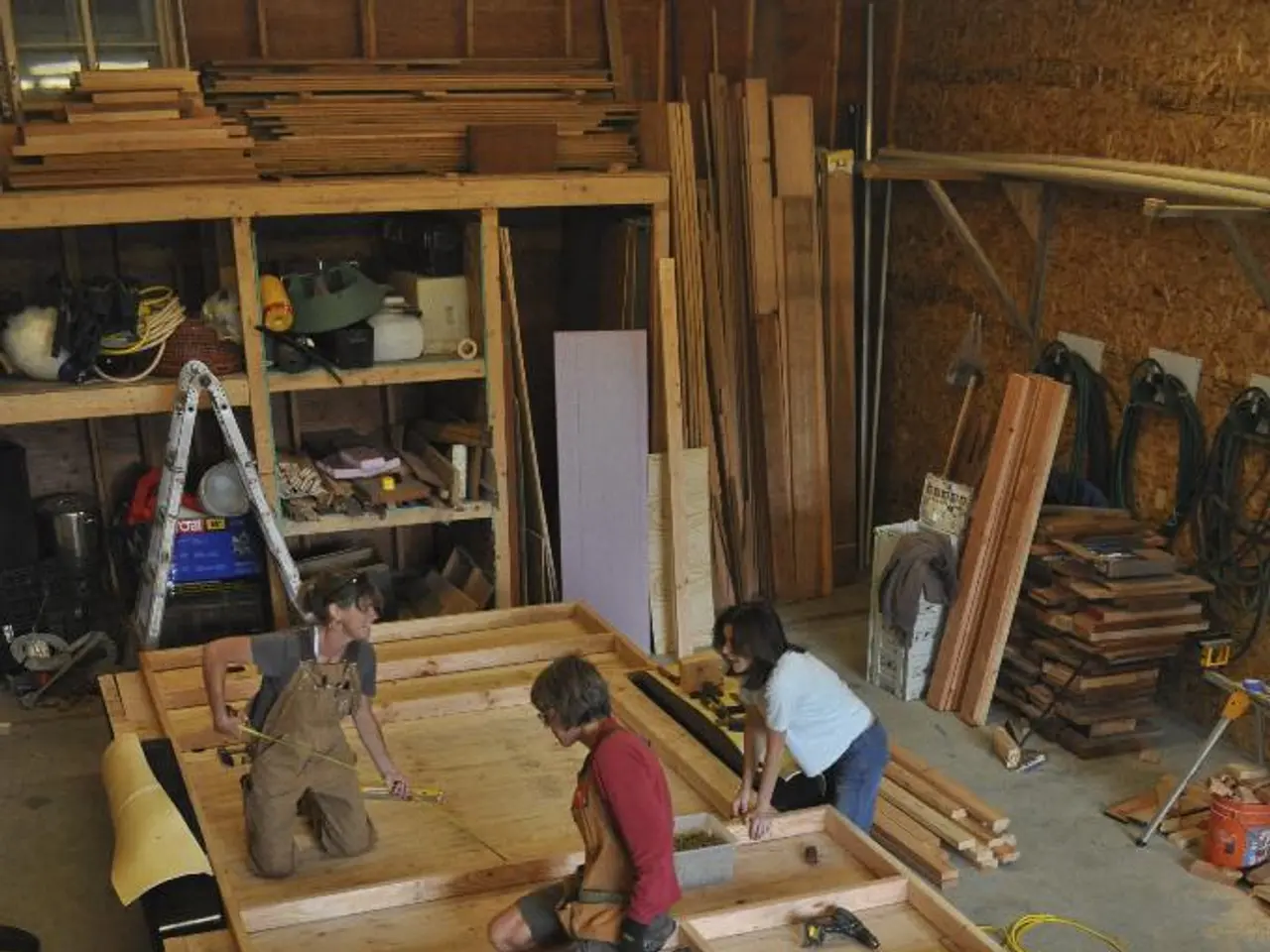Improving Efficiency and Productivity Through Teamwork and Integrative Process in LEED Green Associate Program (USGBC)
The integrative process is a strategic approach that has been gaining traction in the world of building design and construction. This method is designed to enhance the overall efficiency and effectiveness of building systems, making it a crucial aspect of sustainable building design.
At the heart of the integrative process lies collaboration. By bringing together all project team members from the initial planning stages through to design and construction, conflicts between different building systems can be minimised. This collaboration not only reduces waste and redundancy in design and construction but also helps maximise energy efficiency, water conservation, and indoor environmental quality.
The integrative process encourages open communication and the sharing of expertise. This fosters an environment where synergies can be identified and building performance can be optimised. By ensuring that systems work together seamlessly, the process helps achieve project goals more effectively.
The primary focus of the integrative process is to enhance the performance and functionality of building systems. This is accomplished by allowing for better coordination among disciplines, leading to more efficient use of resources. The collaboration of team members during the integrative process improves the efficiency and performance of construction systems.
Digital integration plays a significant role in this process. The use of Building Information Modeling (BIM) and cloud-based collaborative platforms provides real-time access to a single source of truth, enhancing communication and optimising workflows throughout the project's lifecycle. This digital integration enables continuous support of core value-adding processes across all project stages, reducing duplicated work, data silos, and friction losses.
In conclusion, the integrative process is a powerful tool in the pursuit of sustainable building design. By fostering collaboration, optimising building performance, and promoting digital integration, it offers a comprehensive approach to creating efficient, effective, and environmentally friendly buildings.
Read also:
- Peptide YY (PYY): Exploring its Role in Appetite Suppression, Intestinal Health, and Cognitive Links
- Toddler Health: Rotavirus Signs, Origins, and Potential Complications
- Digestive issues and heart discomfort: Root causes and associated health conditions
- House Infernos: Deadly Hazards Surpassing the Flames








